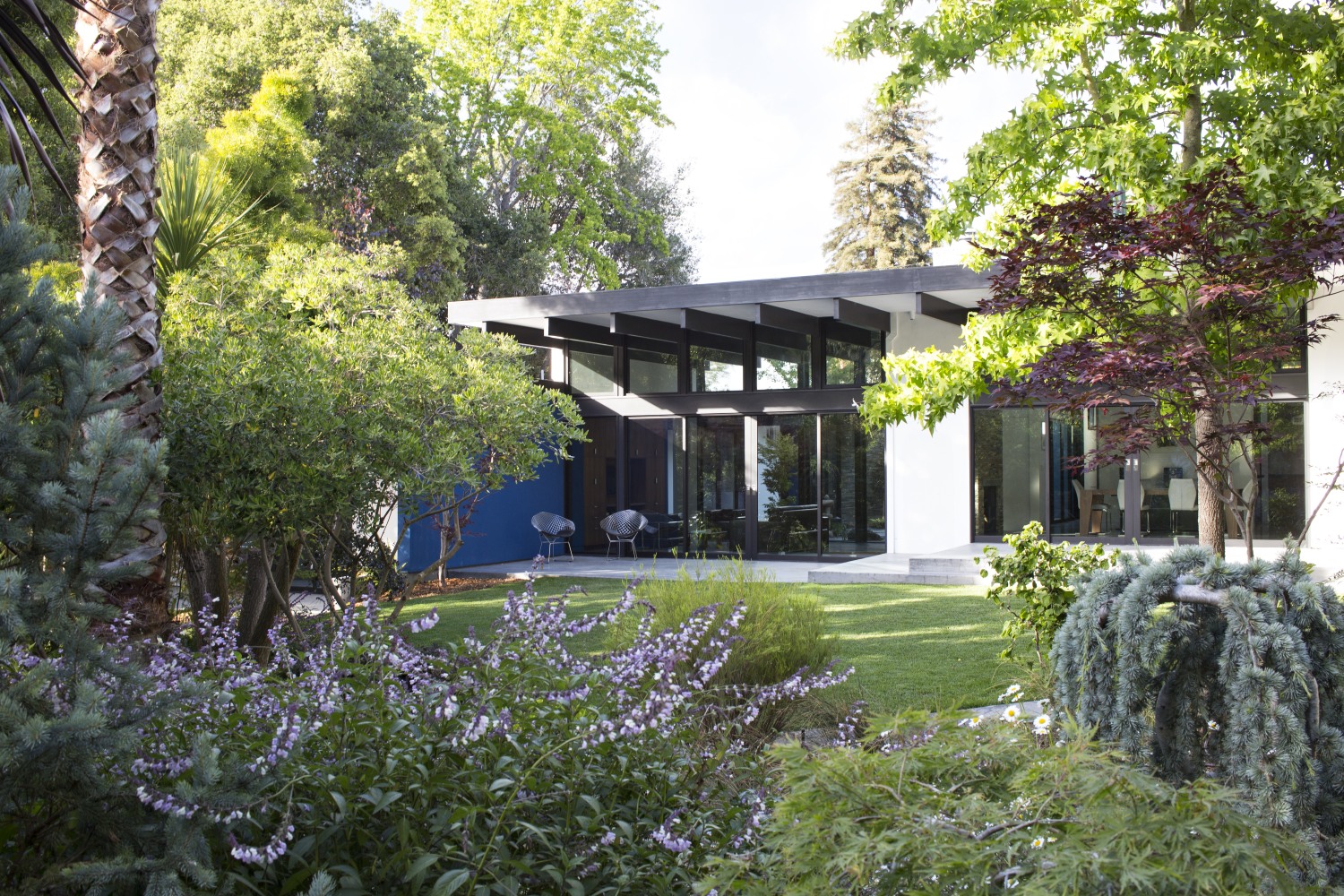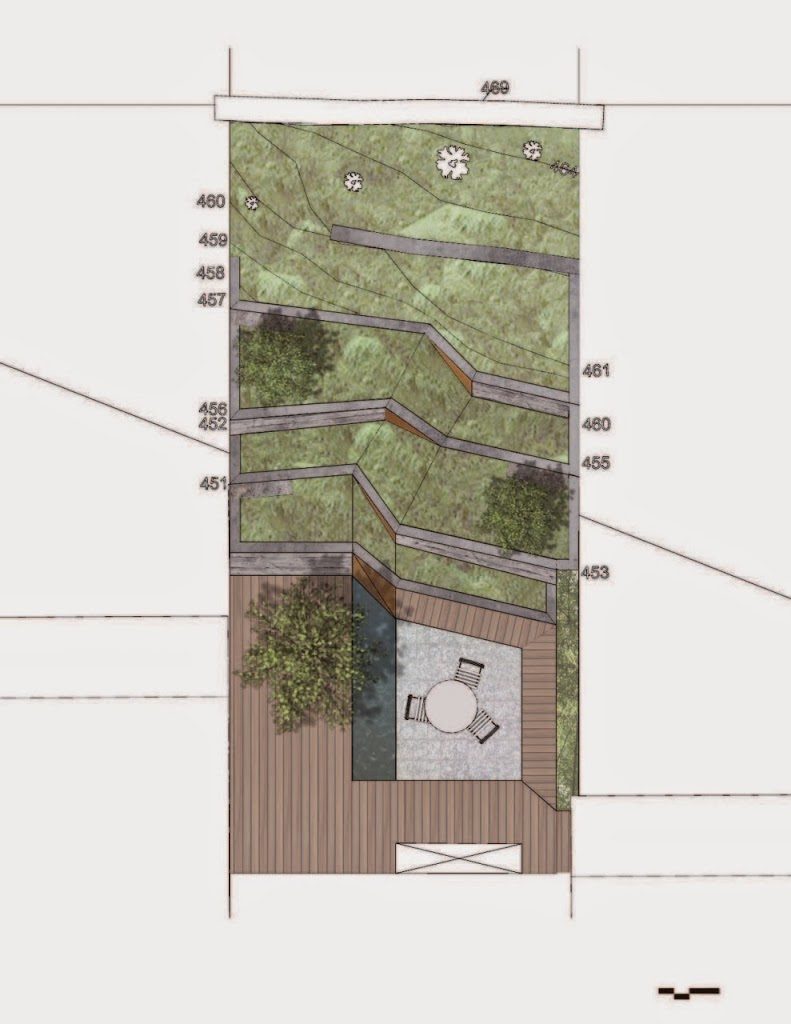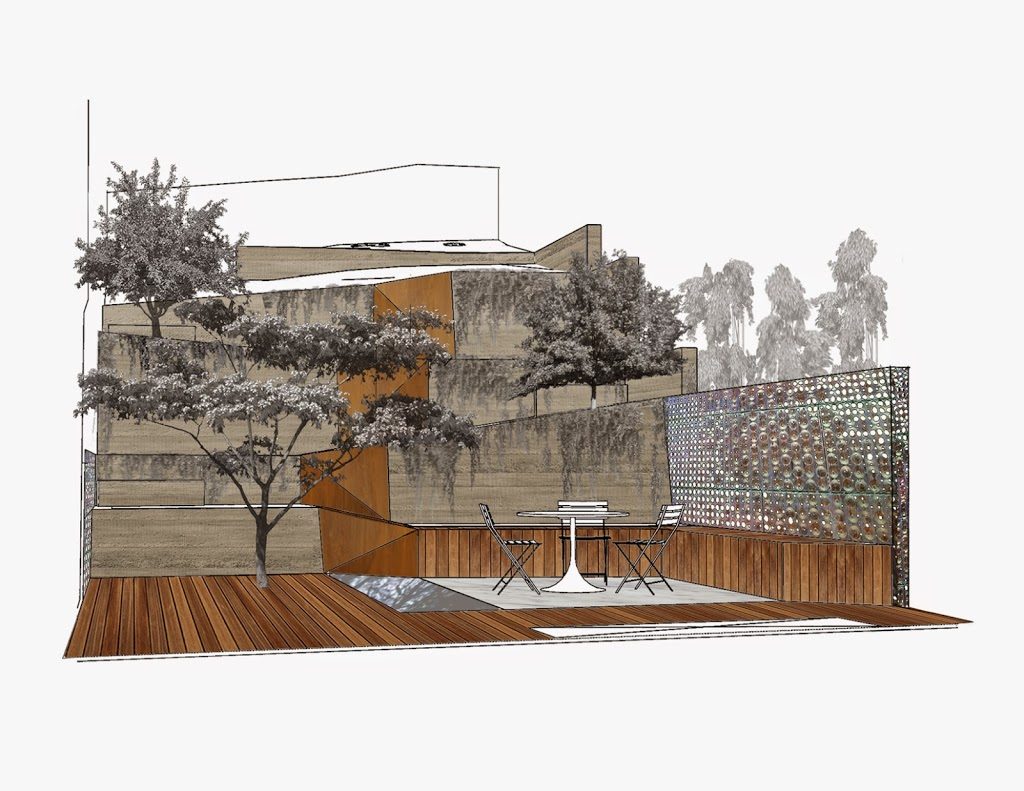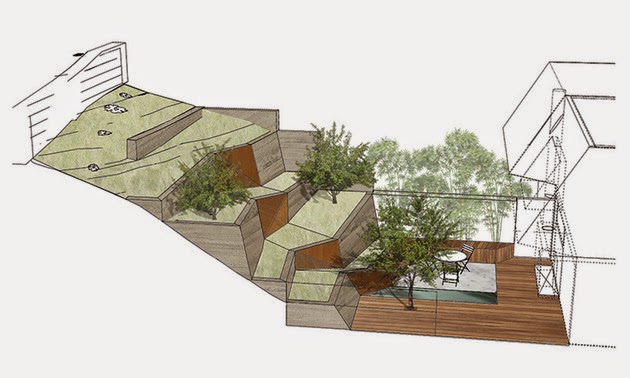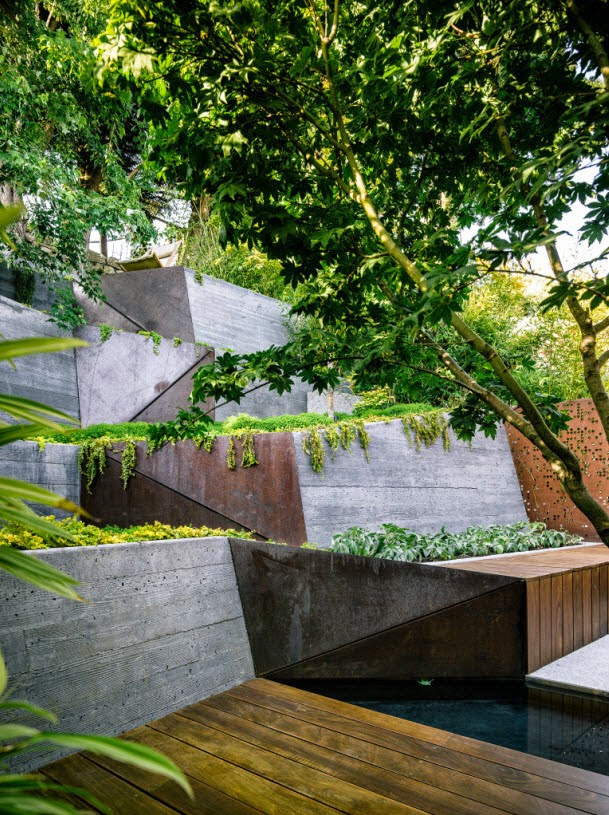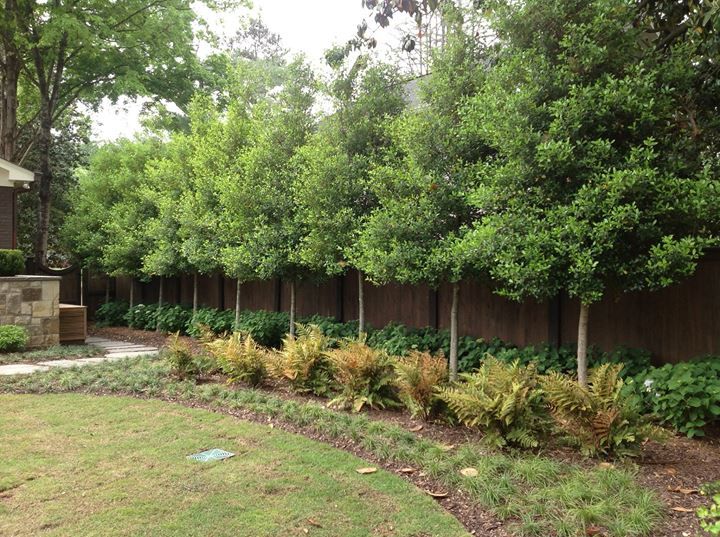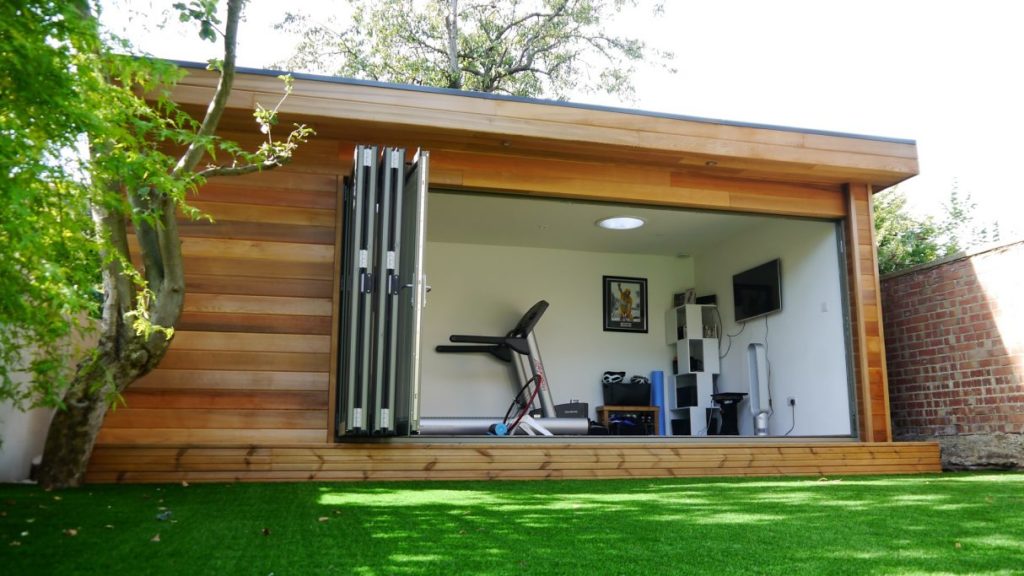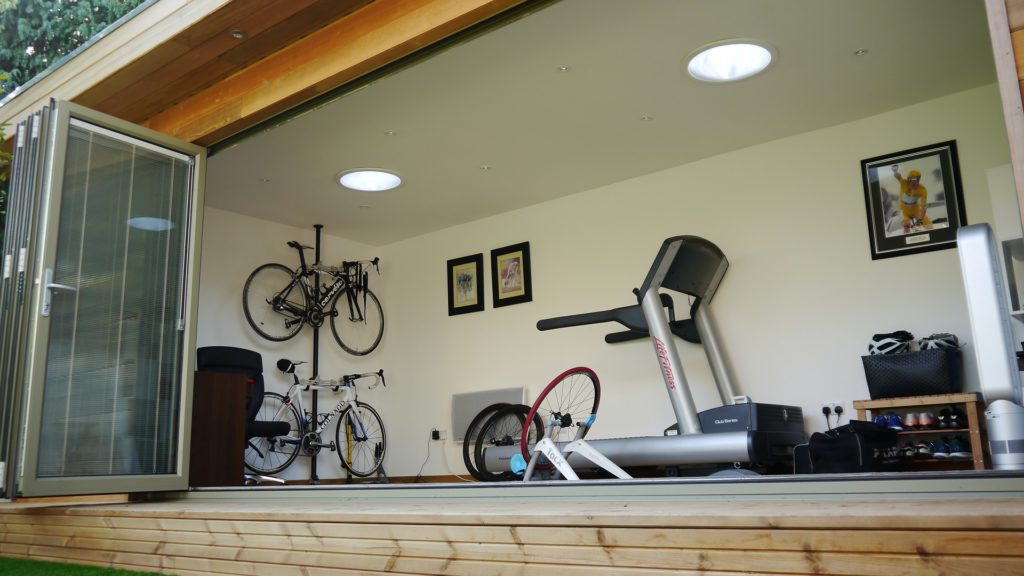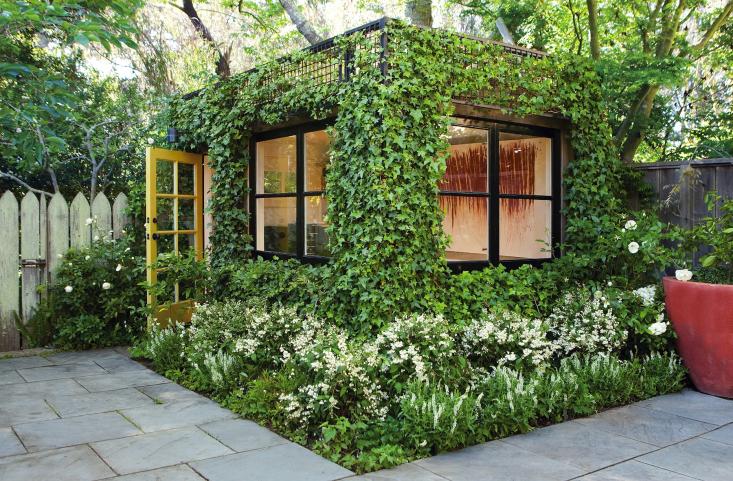Words by Karen Lopez
Gardens have a fascinating history. Romans used them for religious rituals in ancient times. In the 20th century, Americans grew vegetables in their ‘war gardens’ to show solidarity with their government.
While lawns do not have these grand roles today, they are a vital asset for real estate. They boost property value and offer a space for recreation. Gardens have a positive impact on human health too. Research shows gardening can improve sleep quality and promote mental wellbeing. With benefits for money as well as health, tending to them becomes a must. In this post, we share nine tips to revive your garden. These will help you design a lawn that’s both lively and functional. Let’s begin!
1. Plan a layout
A planned layout gives a precise idea of current assets and what to invest in. It lets you judge the essence of the property, how different spaces interact, and the flow between various decor elements. With this information, it’s easy to design the garden and include elements like a garden room and urban wildlife that make it charming.
A layout also allows you to think aloud about plant groups, how they will complement each other, and the best practices to arrange them for symbiotic results. As you work out these aspects, focus on the following:
- Theme: Don’t get swayed by whatever’s in trend. Consider the locale and your house’s overall design pattern. Keeping them in view, figure out whether you want to be in the soothing company of mosses like in a Japanese garden or evoke the aura of the English countryside.
Also, consider the activities you want to pursue in the garden. Is it for a family member to use as a quiet reading corner or for you to exercise in the morning? A clear vision will help you to make best decisions about adequate lighting, furniture, and focal points.
- Focal Point: They are wonderful spots to deck with plants or furniture. It may be challenging to determine the perfect focal point at first glance, but spend time finding it.
If there’s a perch in the yard at a higher elevation, it will look great with a bench and a footpath leading to it. Alternatively, a lower spot with a beautiful view can make a natural gathering place.
2. Repeat colors
Seasoned gardeners suggest repeating colors to unite the design elements. When you repeat colors, it gives the garden a distinct pattern that’s hard to create with diverse styles. The same holds true for hard landscaping and paving material choices. Thus, stick to a few select colors and patterns to reinforce symmetry.
3. Plant in multiples
Expert gardeners plant in multiples of 3, 5, or 7. Instead of picking one plant from each family group, they club at least three together to ensure consistency. This helps them give gardens a thoughtful design.
When combined with the previous tip, the method adds solid uniformity to a premise. Thus, save singular planting only for specimen trees and shrubs. For others, grouping is key. Make sure to unify plants in drifts for maximum impact.
4. Opt for a layered look
Fencing is a great way to guard privacy. But it’s costly and needs a lot of maintenance.
A better alternative is to go for different plant heights. A careful organization of these plants creates private zones that are open and lively. To create such spaces in your garden:
- Grow large textured multistem shrubs to section off select areas.
- Plant deciduous trees with light foliage like Betula, Cornus, and Malus, depending on soil and lighting conditions.
- Mix them with evergreen shrubs, such as Yew and Mugo Pine.
- Set up a wildflower hedge of bright flowers like Delphiniums and Foxgloves.
5. Use outdoor lighting
Outdoor lighting ensures that your premises remain accessible at all times and creates a welcoming ambiance. They beautify gardens, thus enhancing their curb appeal. Further, they are a superb way to highlight the architectural plan of your house too.
With options like accent lighting and wall pack lights, you can highlight features of individual plants in the garden area. Spotlights and up/downlights are two other strong contenders to adorn gardens. Make sure to light up your garden with them.
6. Add a garden room
Garden rooms extend the living space. No matter their design or purpose, they are an absolute premium on the real estate market.
A garden room brings the outdoors in and closes the gap between the human and natural environs. It adds vivacity to the garden, thus improving its overall vibe. Depending on style, budget, and space, you can build a garden room for a home gym or office.
Each setup will demand a unique set of decor elements. For example, a home gym may need a spacious corner and a versatile surface like rubber flooring. On the other hand, an office setup may demand good furniture, lighting, and high-end wood flooring.
As you explore such options, remember to keep it flexible to cater to the needs of different family members. You can also opt for a multi-purpose garden room to optimally use your space. Check out the below project for inspiration.
7. Include a habitat for fauna
A well-designed garden offers shelter to fauna in the urban city centers. These life forms enliven a yard and keep it free from pests. In fact, the British Trust for Ornithology recommends wildlife gardening to also keep plant diseases at bay. Set these enclosures to make your garden animal-friendly:
- Birdbox: Put it up high in a cool and shady area. If there are cats around, it’s better to keep your box near a dense bush to give birds cover. Feed them with protein-rich food like fat balls during spring. In winter, seeds are best.
- Compost: Homemade compost is ideal for worms and woodlice. It is a good alternative to chemical fertilizers and refills soil nutrients. A healthy compost heap has more carbon than nitrogen. Thus, remember to cover nitrogen-based materials with carbon ones like leaves and straw.
- Pond: It doesn’t have to be huge to benefit wildlife. You can easily use a buried bucket or trough. But if there’s space for a bigger water source, dig up it in a suitable area with optimal light. Fill it with unchlorinated water and plant water lilies to avoid stagnation.
- Insect hotel: It’s the easiest one to build. Collect piles of rock, rotten wood, and twigs in one place to invite beetles and spiders.
8. Make flower beds
Visually charming, flower beds add warmth to a garden like nothing else. Besides the aesthetics, they have a practical use too. They attract birds and little critters to perennials and help keep them weed-free. Flower beds also welcome large droves of bees that move pollen around and keep the garden brimming.
Consider a background that strongly contrasts with vibrant hues and follow these best practices:
- Do not place flower beds around the base of a grown tree. The shade and high moisture there do not help plants thrive, except tough groundcovers.
- Pot plants according to their sunlight requirements. Most need 6 or more hours of sun per day.
- Avoid locating flower beds near areas that collect water after rains or spring thaw. Their boggy soil conditions are not fit for plants that need well-drained soil. Instead, create them on a level or slightly sloping ground.
9. Invest in top-notch gardening tools
The gardening toolkit equips you with the resources to execute the layout. If you don’t have the right tools to implement your vision, the final result may not be satisfactory. At worst, you may end with a garden that’s prone to decay. To build a lovely and healthy garden, keep these top-notch tools handy:
- Ice chipper: It’s relatively faster than a shovel for digging a garden bed. Use its steel chipping head to push through the grass and dirt around the perimeter of the chosen area.
- Bypass pruners: Their top blades slice past the bottom ones for quick and clean cuts. The razor-sharp blades can easily slice through stalks, saplings, and branches up to three-quarter inch diameter.
- Soil moisture sensor: It gauzes the moisture and pH value of the garden soil. By plunging its testers into the ground, you can easily find out if the plants are getting enough water and sun. If the soil’s pH is not neutral, it will help you decide if the acidic component needs attention or the alkaline.
- Watering wand: Unlike the standard hose nozzle, this device makes it easier to reach over, between, and under the plants to saturate the roots. It doesn’t let out a strong water blast, but rather a soft shower that’s ideal for flowering plants.
However, make sure you clean every tool with caked-on dirt once every week, especially during the gardening season. Sharpen the dull edges for chippers and pruners with a mill file and brush off the rust with a wire brush.
Conclusion
The best gardens are biodiverse, with harmony between human and animal life. They need careful planning and investment in the right tools to flourish. Additions like garden rooms, outdoor lighting, and animal hangouts can give them renewed vigor. While that may seem like a lot of hard work, it’s crucial to enhance your garden’s appearance. Use the tips shared above and give it a new life.
Author Bio:
Karen Lopez is a freelance content writer at marketing digest. With her keen interest in home decor and remodeling, she loves contributing insightful articles about the latest renovation trends in residential and commercial spaces. In her free time, she enjoys listening to Jazz music and watching Netflix. Connect with her on LinkedIn.



